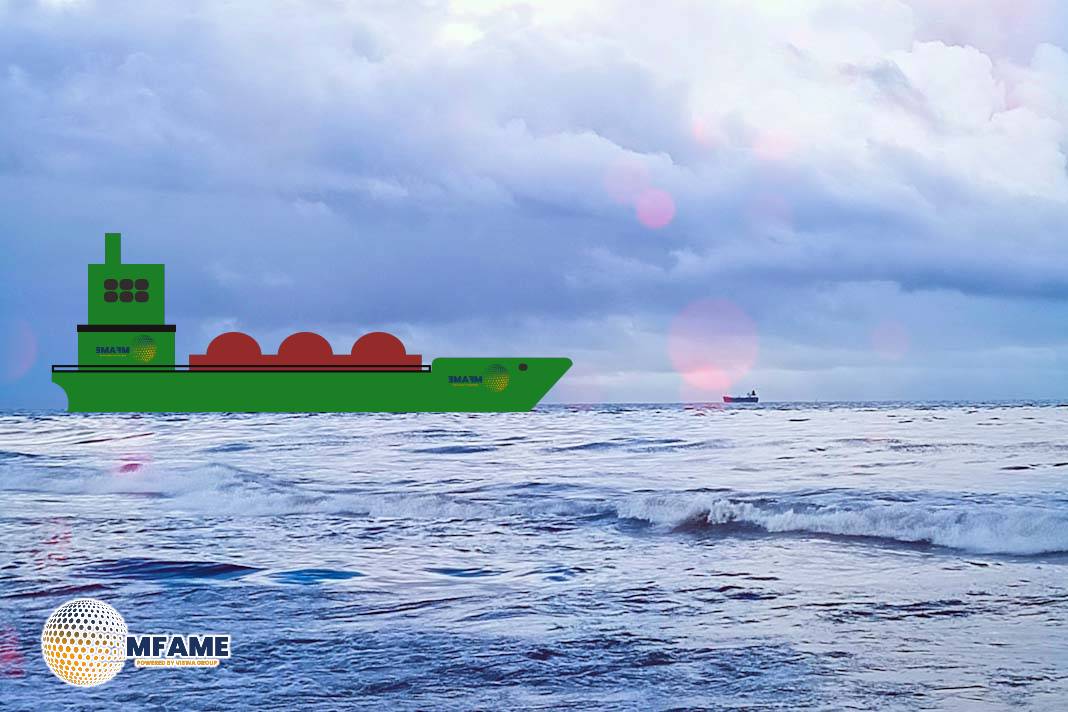NTSB has issued an investigation report into an incident where a tanker struck Naval Weapons Station Pier B on January 14, 2024, while transiting the Cooper River near Joint Base Charleston, South Carolina.
Incident details
On January 14, 2024, at approximately 10:19 local time, the 604-foot tanker Hafnia Amessi collided with Naval Weapons Station Pier B while navigating the Cooper River near Charleston, South Carolina. The incident resulted in significant damage to both the vessel and the pier, estimated at $8.1 million. Fortunately, there were no reported injuries or pollution.
The Hafnia Amessi, under the guidance of a Charleston Branch Pilots Association pilot, was transiting outbound on the Cooper River. As the vessel approached a bend near Pier B, it veered too close to the eastern bank, exposing it to bank effect—a hydrodynamic force that can affect a vessel’s maneuverability. Despite the pilot’s attempts to correct the course using rudder and engine orders, the vessel struck the pier’s end, damaging its starboard side hull plating.
Probable cause
The National Transportation Safety Board determined that the probable cause of the tanker Hafnia Amessi’s contact with Naval Weapons Station Pier B was the pilot navigating too close to the east bank before the turn, exposing the vessel to bank effect that rudder and engine orders could not overcome.
Lessons learned
Planning for hydrodynamic forces in areas subject to shoaling
Hydrodynamic forces such as squat, shallow water effect, and bank effect can reduce rudder effectiveness and unpredictably alter a vessel’s course. Shoaling can decrease channel depth below charted expectations, worsening these effects. Even experienced pilots may find it challenging to manage these forces. When planning transits in shoaling-prone areas, pilots, masters, and operators should assess the risks and consider mitigation strategies such as tug assistance, adjusting speed, or delaying transit until conditions improve.
Did you subscribe to our daily Newsletter?
It’s Free Click here to Subscribe!
Source: NTSB



















